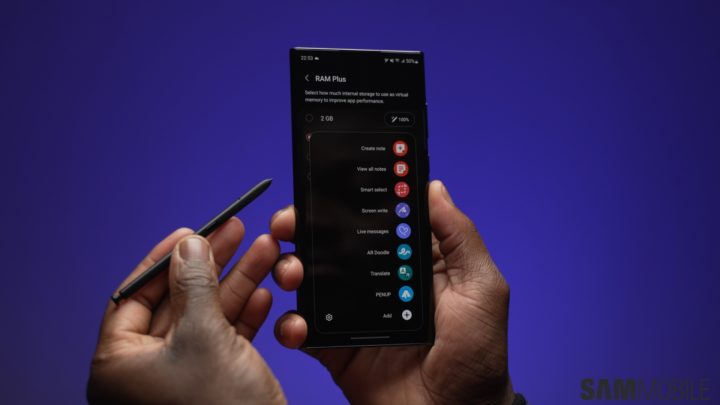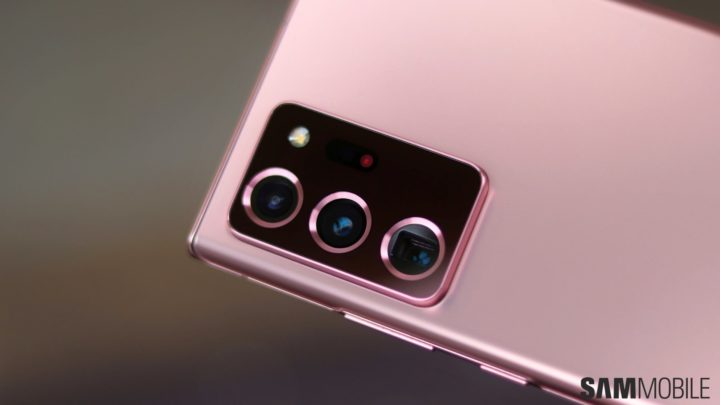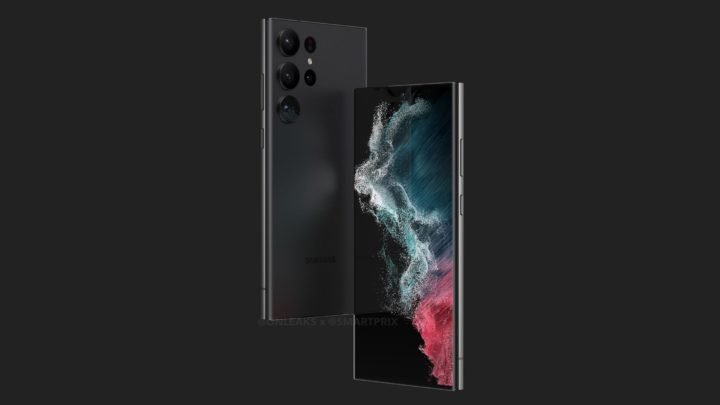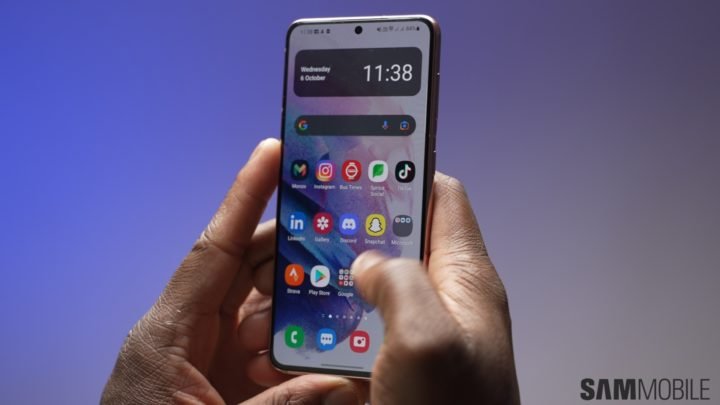Usually, Samsung is the first non-Google Android OEM to release a new stable version of Android. The South Korean firm has already released three Android 13-based One UI 5.0 beta updates to the Galaxy S22 series. The One UI 5.0 beta update has also reached the Galaxy S21 series. However, the company has lost the battle regarding the stable Android 13 update release.
Chinese firm OnePlus released the stable Android 13 (OxygenOS 13) update to the OnePlus 10 Pro yesterday. It means that OnePlus took just 1.5 months to release the stable update after Google released the final version of Android 13 to Pixel smartphones. And Samsung isn’t scheduled to release the stable Android 13 update to its phones before the end of October 2022. So, the South Korean firm will be around three months late than Google.
But are faster updates better than slower but more stable updates?
However, that might be good for Galaxy smartphone and tablet users. OnePlus is infamous for rolling out buggy software updates to its smartphones. OnePlus 8 and OnePlus 9 users were seen complaining of bugs and issues in the first few “stable” releases of the Android 12 update, and the same could be true for the OnePlus 10 Pro’s Android 13 update.
Moreover, OnePlus has a track record of releasing an early update to its most recent flagship phone but severely delaying the update for the rest of the phones in its lineup, even if those are high-end phones released alongside the flagship device. On the other hand, Samsung’s updates are usually more stable, and once the company releases a stable Android OS update to its most recent flagship, it swiftly rolls out the update to the rest of the high-end devices.
Going by Samsung’s track record, the company could release the Android 13 update to most of its high-end and mid-range smartphones before the end of Q1 2023. The South Korean firm also adds more features than OnePlus to its major software updates. What do you prefer? Faster and buggy updates or slower and more stable updates? Let us know in the comments section below.
Source Credits: Sammobile












